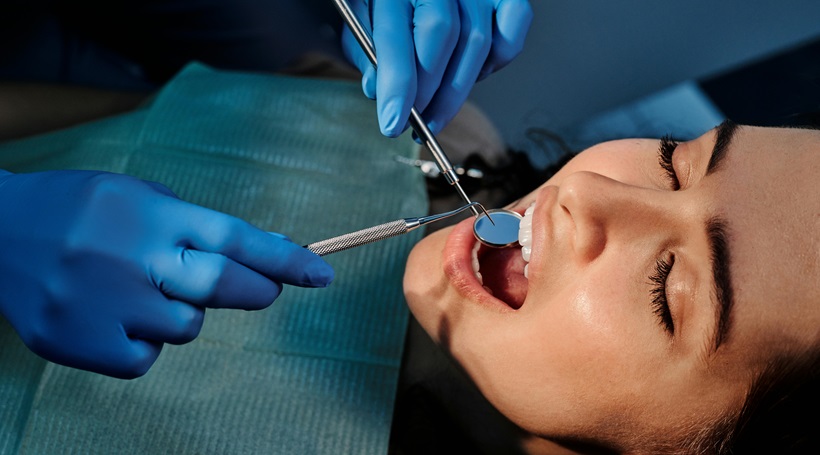Last Updated on February 11, 2025
A cracked tooth can start with mild discomfort and turn into a serious problem if left untreated. Many people do not realize they have a crack until they feel pain while eating or drinking something hot or cold. Some cracks are too small to see, making them easy to overlook. Even minor damage can allow bacteria to enter, leading to infections or further breakage. Early detection is important because a small crack can grow over time, affecting the strength of the tooth. Recognizing the signs of a cracked tooth early can help prevent more significant dental problems later on.
Sensitivity to Hot and Cold
One of the first signs of a cracked tooth is sensitivity when eating or drinking hot or cold foods. The crack exposes the inner layers of the tooth, making it more responsive to temperature changes. This discomfort can come and go, making it easy to dismiss at first. Over time, the sensitivity may become more noticeable, especially when drinking cold beverages or sipping hot coffee. The pain might go away quickly, but it could still mean the tooth is damaged. Addressing the issue early can prevent further complications.
Pain When Biting or Chewing
A cracked tooth often causes pain when chewing, especially when applying pressure. The crack may allow movement within the tooth, leading to sharp pain when biting down. Some people feel discomfort only when releasing pressure, which can make the problem harder to pinpoint. The pain is usually inconsistent, which can lead people to believe it is not serious. However, ignoring it may lead to further damage as the crack deepens. Seeing a dentist at the first sign of discomfort can prevent worsening conditions.
Swelling or Tender Gums
Swollen or irritated gums around a tooth can be a sign of a crack. When bacteria enter the crack, they can cause inflammation in the surrounding gum tissue. This may lead to redness, tenderness, or mild swelling near the affected tooth. Some people notice a small bump on the gum, which can indicate an infection. If swelling occurs, the crack may have already allowed bacteria to spread inside the tooth. Treating the issue early can help avoid more serious dental infections.
Unexplained Tooth Pain
A cracked tooth may cause pain that comes and goes without an obvious reason. Some people experience pain that seems to move from one area of the mouth to another. The discomfort may appear suddenly and disappear just as quickly. Unlike cavities, which often cause a constant ache, a cracked tooth may only hurt under certain conditions. This unpredictable pain can make it difficult to identify the exact problem. A dental evaluation is necessary to confirm if a crack is present.
Visible Cracks or Discoloration
Some cracks are visible, appearing as thin lines on the surface of the tooth. However, not all cracks can be seen with the naked eye. In some cases, the tooth may develop discoloration around the crack. The darker shade is a result of damage inside the tooth. If a crack is large, it may become more noticeable over time. Even small surface cracks can worsen if left untreated. A dentist can use specialized tools to detect hidden fractures.
Risk Factors for Cracked Teeth
Certain habits and conditions increase the risk of developing a cracked tooth. People who grind their teeth or chew on hard objects, such as ice or pens, are more likely to experience cracks. Large fillings or previous dental work can also weaken a tooth, making it more prone to fractures. Sudden temperature changes, like eating something hot and immediately drinking something cold, can stress the enamel and lead to cracks. Accidents or trauma to the mouth can also cause fractures. Reducing these risks can help maintain strong and healthy teeth.
Recognizing the early signs of a cracked tooth can help prevent serious dental issues. Sensitivity to temperature, pain while chewing, and gum swelling are all warning signals that should not be ignored. Unexplained tooth pain and visible cracks may also indicate damage that requires attention. Seeking dental care at the first sign of trouble can prevent further complications. A cracked tooth can worsen over time, leading to infections or the need for more complex treatments. Taking action early can help protect both the tooth and overall oral health.

